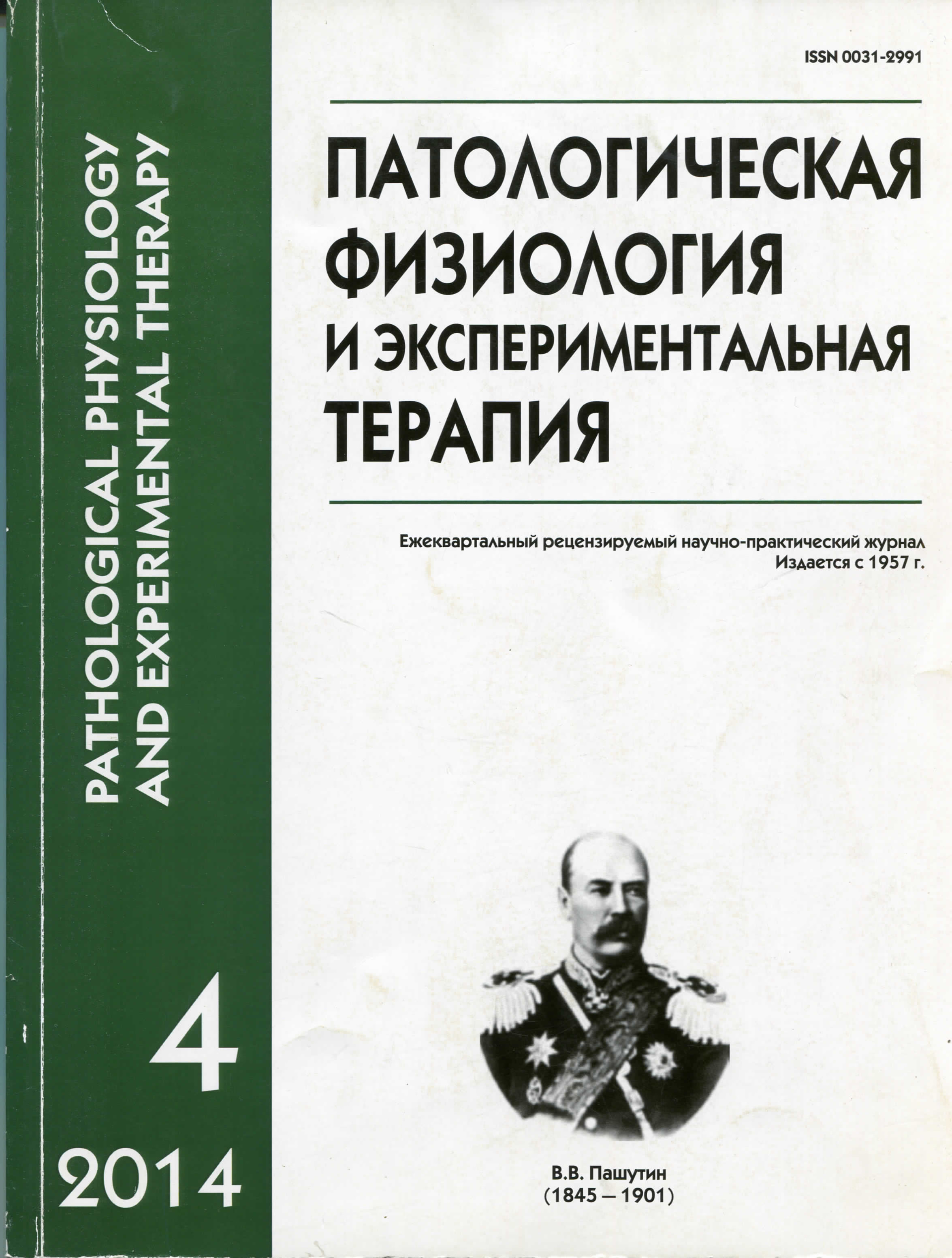The role of adenosine A1 receptors and mitochondrial K+ATP channels in the mechanism of increasing the resistance to acute hypoxia in the combined effects of hypoxia and hypercapnia
Keywords:
hypoxia, hypercapnia hypercapnic hypoxia, resistance, potassium channels, adenosine receptors
Abstract
We studied the role of the role of mitoK+ATP channels and A1-adenosine receptor in the mechanism of increasing the resistance to acute hypoxia after hypoxic, hypercapnic and hypercapnic-hypoxic preconditioning. It is shown that mitochondrial ATP-sensitive potassium channels and A1-adenosine receptors, an important mechanism of preconditioning have a high value to increase the resistance to acute hypoxia / ischemia in the combined effect of hypoxia and hypercapnia. However, with regard to the adenosine receptor, this mechanism is realized without the participation hypercapnic component, which apparently starts neuroprotection without activation of the adenosine A1 receptors.Downloads
Download data is not yet available.
Published
05-12-2014
How to Cite
Tregub P. P., Kulikov V. P., Stepanova L. A., Zabrodina A. S., Nagibaeva M. E. The role of adenosine A1 receptors and mitochondrial K+ATP channels in the mechanism of increasing the resistance to acute hypoxia in the combined effects of hypoxia and hypercapnia // Patologicheskaya Fiziologiya i Eksperimental’naya Terapiya (Pathological physiology and experimental therapy). 2014. VOL. 58. № 4. PP. 48–52.
Issue
Section
Original research






